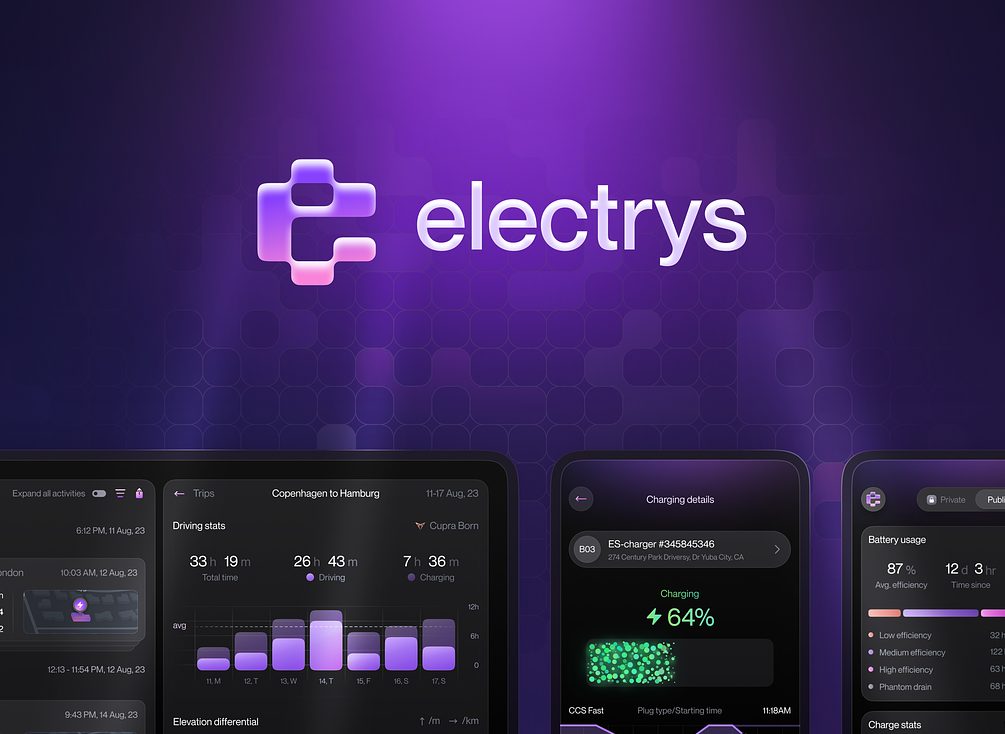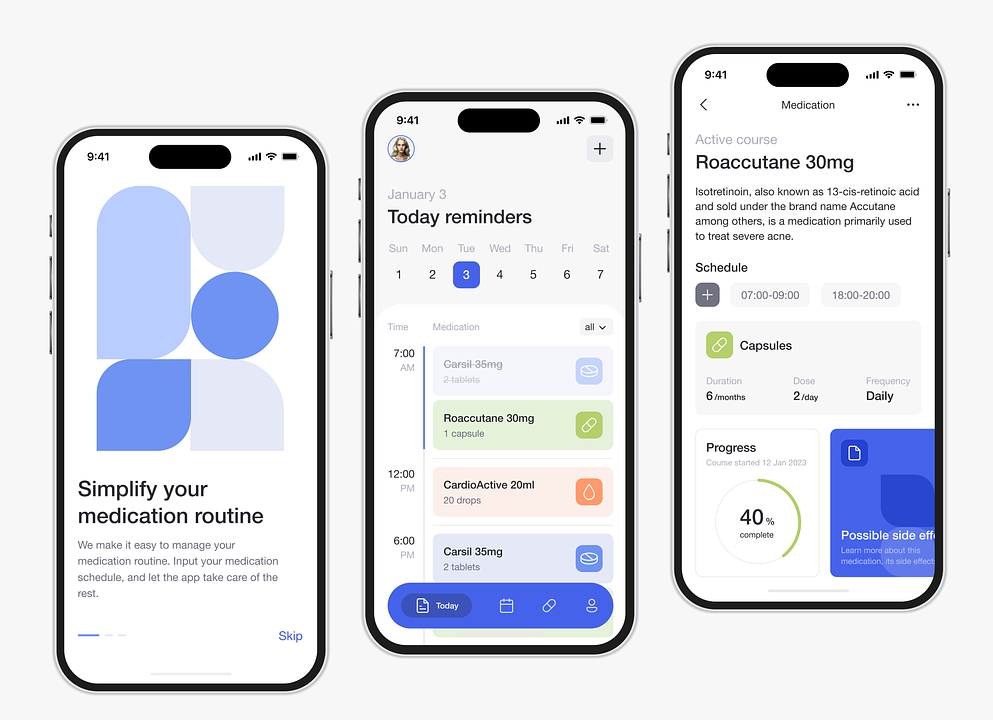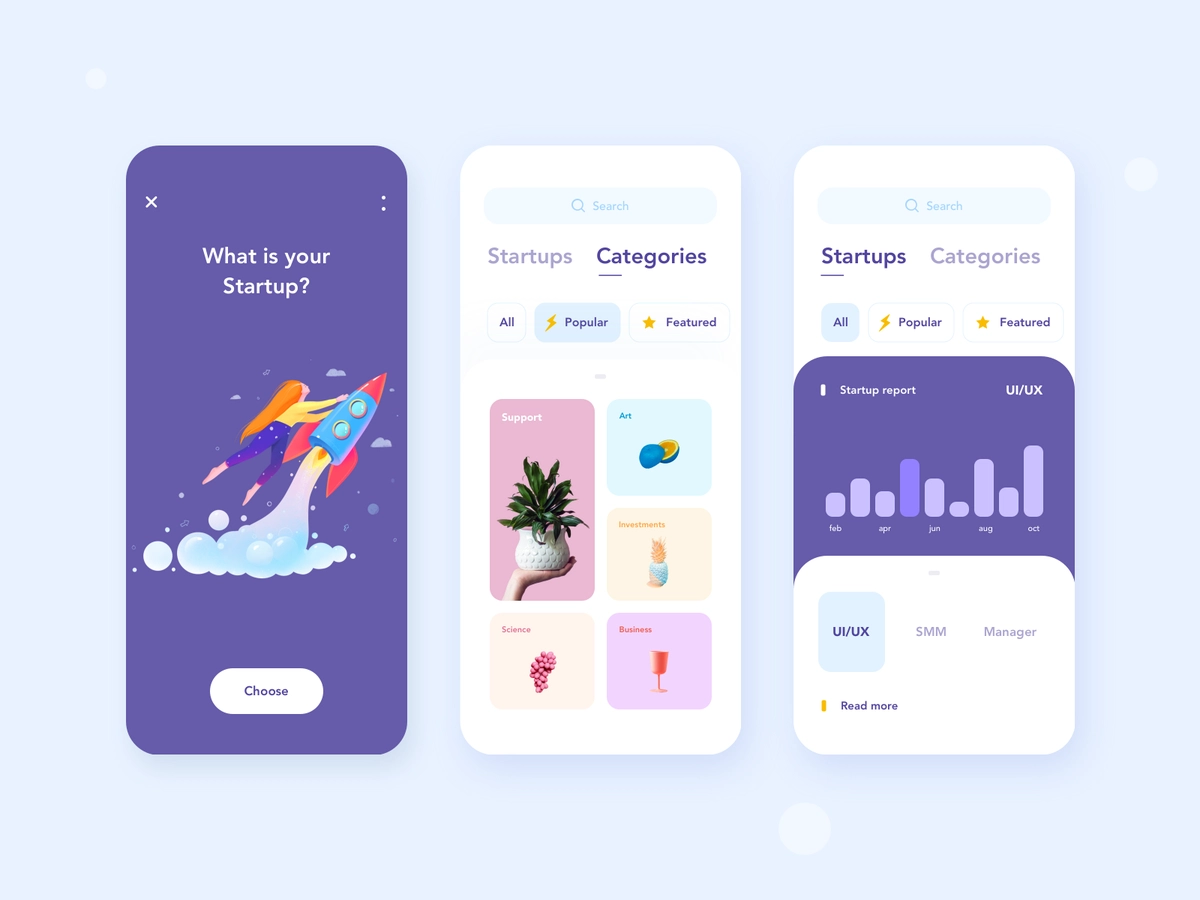Addressing all issues related to legacy applications, from cost to customer and employee experience, is the main justification for modernizing legacy programs. Although the main force behind digital transformation is exceeding customer expectations, making that choice is difficult. We’re here to help. Let’s check on some legacy application modernization ideas.

What is a Legacy Application Modernization?
The process of modernizing legacy applications, and updating or completely replacing a legacy application with contemporary platform infrastructure, architecture, or functionality is known as legacy application modernization. Modernizing outdated software primarily aims to improve the system’s performance, scalability, and functionality.
An illustration of accelerating legacy modernization can be something when the banking industry must consistently update and maintain a cutting-edge, dependable digital banking experience for its consumers. They must be aware of the necessity for contemporary vital sign monitoring equipment to meet their requirements.
Often, older systems’ tightly connected, service-based designs are replaced with loosely coupled, API-based architectures in modern applications. They are constructed using microservices, independent modular components that divide large programs into smaller services. Creating microservices from a monolithic application, moving an application from a private cloud to a public one, automating deployments in place of manual ones happen often too. There are many ways to update apps and many various application modernization strategies depending in the company current needs.
Key Reasons for Application Modernization
Application modernization is fundamentally the process of enhancing your present apps in order to provide a better customer experience and boost ROI. You can decide whether and how much to move your applications by weighing their strategic importance in relation to the cost and developing technological alternatives, such as cloud, containers and Kubernetes, microservice-based architectures, and serverless. Your ultimate goal should be to have your apps operating in a setting that provides a strong return on investment.
The truth is that legacy modernization approach can help save on infrastructure costs by 15-35% yearly. Reduce the cost of maintaining and operating applications by 30-50%. Reduce hardware, software, and personnel costs by 74%. Here are more compelling reasons for that:
More agility
Attain more agility and a shorter time to market as a result. Monolithic application upgrades are often difficult and time-consuming to implement. You may take the first step toward modernization and deliver applications more regularly, easier than previously, by using containers and a container orchestration platform like Kubernetes to deploy your applications, as well as DevOps best practices, such CI/CD. Additionally, you can update different components of your system when you refactor by splitting monolithic apps into smaller deployable units and ultimately microservices. When you utilize CI/CD, you can also roll back updates to running versions in case of problems.
Faster Go-To-Market
Modernization makes the system more adaptable for the addition of new features and allows for the usage of the most recent tech stack. The time to market is significantly shortened as a result.
However, when a legacy system ages, it loses the ability to be expanded with the use of new technologies, making it more challenging for organizations to operate at their most productive levels. Maintaining the expectations of a rising user base also takes time and effort. Aside from this, it is exceedingly difficult to grow a company’s operations and raise its profile.
Cutting costs
A reoccurring problem in today’s industry is hiring specialists conversant with antiquated tools and technology to maintain out-of-date apps. Because of the significant maintenance costs associated with obsolete apps, they are not commercially sustainable for enterprises. Additionally, these applications need adequate data storage in on-site data centers. Globally, businesses and governments have spent a staggering $35 trillion on information technology goods and services since 2010. This sum was used for operating and maintaining legacy systems to the tune of three-quarters.
Scaling
Enable the creation of bigger, newer features. Over time, many enterprise programs evolved quickly and were created by numerous people, frequently resulting in significant technical debt. Technical debt makes it more difficult to develop larger or new features and consumes budget and resources needed to maintain systems operational. Refactoring and rearchitecting your programs that are intended to be greatly extended makes sense for this reason. You inevitably hasten your company’s digital transformation by updating your apps.
Enhanced Customer Experience
The need to upgrade your apps is being further driven by the desire to innovate and provide compelling user experiences. The user experience can be enhanced by application modernization, but it can also benefit developers.
Modernization enables businesses to include cutting-edge platforms and innovation technologies like AI, Machine Learning, and Big Data in order to stay ahead of the competition. It enables companies to modify their apps in accordance with emerging trends and technologies.
Enhanced Security
Cloud-native applications offer modern security features like identity and permission management and data security, which enhance security and stop illegal access.
Because legacy apps can’t protect data or keep up with emerging technology, cyber attackers find it simple to exploit them. Deprecated software also makes it simple to introduce malware and makes it simple to find security weaknesses.
Revenue Growth
Infrastructure cost reductions due to modernization are significant. Efficiency increases as scalability and flexibility of the application increase. Businesses can enhance customer satisfaction by introducing new services and optimizing ongoing operations. The time saved by automation can now be used to diversify the methods in which the application’s market reach and income are increased. While maintenance costs are continually decreasing, innovation capacity is increasing.
Software productivity increased
Integration is facilitated through modernization, improving programs’ effectiveness and usability. Robotic process automation drastically reduces the time and effort required for manual labor. Productivity dramatically rises when repetitious chores are handled.
Automation is impossible because legacy applications are incompatible with current hardware and software. The time and physical labor required to run the applications grow as a result. Employees may further encounter lags, glitches, and other issues when using such programs in the absence of regular support from the application developer.
Increased productivity of developers
Containers boost productivity by resolving the it works on my machine problem. Additionally, creating development environments is quicker. We have more fun when we are more productive, which makes us more enthusiastic and effective. Enterprise applications can be polyglot thanks to containers and more flexible service-based architectures since various services can be created using various languages. Managers can find more developers since not every developer is familiar with Java or Cobol. Additionally, it implies that we may modernize our skill set to increase our value to the group and company while future-proofing our professional lives.
Higher Efficiency & Scalability
The system may adopt new technologies thanks to app modernization, which also improves the system’s scalability and efficiency. Scalability reduces the requirement for a company to possess data centers and enables systems to scale across geographies. Scaling across locations relieves a significant strain from organizations and enables them to expand globally without incurring significant infrastructure costs. By doing away with the necessity for data centers, the organization can spend more money where it is really needed.
Lower expenses for licenses
Traditional commercial software products have a license fee. Many of these traditional products can now be replaced with open source software, which frequently comes with commercial support, as a result of the popularity of open source. For instance, the open source initiative Open Liberty can frequently be used in place of the traditional commercial software choice WebSphere Application Server Network Deployment. Strong communities exist for many open source projects, offering free support and fixes.
Application Modernization Strategy: Steps to Follow
In order to have an impact on the application modernization strategy and timeline of our business, as developers, we must be able to express the reasons why we should modernize our apps (or not). The most crucial considerations in deciding which initiatives to take on next are increased agility, improved experience delivery, and cost reduction. Now that you are aware of the benefits of application modernisation, consider your options for doing so.
The following are the five best practices to adhere to while modernizing applications, even though it is time-consuming and difficult.
A list of high-value assets
Organizations must first make a list of their high-value assets and assess how improving scalability, security, and performance might help. They must explain how modernization would be advantageous and detail its usability, issue areas it addressed, and maintenance costs.
Once these points have been defined, organizations must narrow down application specifics, such as who needs to use it, its performance capabilities and restrictions, and function. Although hard data aids in developing these insights, obtaining feedback from those interacting with or using the program is crucial.
With the use of this data, decision-makers may decide whether to invest in particular apps and then create goals and priorities to start modernization for the best outcomes.
2) Examine the materials
It’s critical to develop effective methods for ensuring organizational and technical changes related to application modernization occur. Cost is frequently the deciding factor in modernization decisions for any specific application. Both shifting to newer technologies and architectures and staying put have costs. To fully comprehend the effects of application modernization, examining some of the advantages from a financial standpoint is crucial.
Organizations must identify leaders with a firm knowledge of the application environment before embarking on the organizational transformation path and evaluate the total impact of changes made at various organizational, procedural, and technological levels. This refers to gaining a thorough grasp of the application, its relationships with multiple sources (such as networks or other apps), and its upkeep methods.
3) Design a strategy
It is necessary to consider various strategies, such as adding new features to the existing architecture and determining how well it meets the end user’s needs. The cloud, microservices, and containers have made creating and managing applications simple today.
Thanks to application modernization and cloud migration, technical difficulties can be overcome by allowing applications to scale up elastically. When official support for the platforms or servers you’ve been using ends or when no developers are available to maintain the code, legacy applications can become exceedingly expensive. These outdated applications may occasionally be retired. In other situations, SaaS options could be able to take their place. For instance, there are numerous SaaS or open source options that can replace a 20-year-old vacation planning program.
4) Monitor performance progress
Monitoring infrastructure and apps down to the code level is crucial to ensure high-quality application performance after the initial modernization process. To understand how cloud, database, network, and code problems affect end-user performance or business continuity, the infrastructure must be thoroughly evaluated for problems and faults.
Organizations must assess application performance post-modernization to understand the results in terms of how the application functionality has changed and to assure optimization.
5) Modify processes
Even after taking into account all the relevant aspects, organizations frequently experience cost overruns to modernize legacy applications, project failures, and delays when attempting to modernize their aging systems. It takes careful planning, adopting quality standards, and collaborating with developers who are aware of the wider picture to modernize application infrastructure.
Virtual machines are used to run most business applications. Running the same programs in containers instead of on the host reduces resource usage, particularly memory usage. Furthermore, workload balancing is significantly more effective with container orchestration platforms like Kubernetes or OpenShift than with virtual machines. Similar resource savings are possible with contemporary development libraries, runtimes, and tools like OpenJ9. Comparatively speaking, OpenJ9 uses less than half the RAM of other JVMs. Using containers and contemporary libraries often doesn’t even call for coding modifications.
Technical Side of Application Modernization
According to IBM experts, the process of updating legacy applications’ internal architecture, platform infrastructure, and/or functionalities is known as application modernisation. Currently, a lot of the conversation about application modernization is concentrated on monolithic, on-premises applications, which are typically updated and maintained using waterfall development processes, and how those applications can be adapted to cloud architecture and release patterns, specifically micro services and DevOps.
The advantages of application modernization can typically be summed up as increasing the speed at which new features are delivered, making it possible for other services to consume the functionality of existing applications through APIs, and moving applications from on-premises to the cloud in order to improve app scale and performance as well as long-term data center or IT strategy.
Usually, the costs and complexity of application modernisation are the biggest obstacles. Applications should not be moved from on-premises to the cloud only for the sake of moving them. In contrast, other applications may gain significantly from replatforming or rearchitecting but are so tightly integrated with current infrastructure and systems that the complexity of modernization may outweigh the advantages.
Like most things, the secret to application modernization success is strategy and choosing projects where the advantages of cloud, speed, performance, scale, new feature development, etc. are ones which offer the given app a clear path to improved customer experience and ROI.
Application Modernization with Fireart
Not all apps should, need, or even be able to be upgraded. Many apps, meanwhile, are crucial to the operation of the company, thus the advantages of some degree of modernisation exceed the disadvantages. Enterprise application modernizationexpenditures are frequently resisted by businesses, yet they frequently yield swift returns.
Determining which application infrastructure to modernize, how to approach to do it, and whether to do it at all requires a number of processes. Working with an experienced digital cloud partner to guide you through the cloud performance journey will be a wise choice. A good partner can assist you in developing a strategy for modernization of legacy applications, planning and successfully implementing it, and monitoring it. With our great digital product agency team and their knowledge in the contemporary tech stack and as proud experts of Microsoft Azure and AWS, we can make your application modernization strategy and transformation journey successful.




















